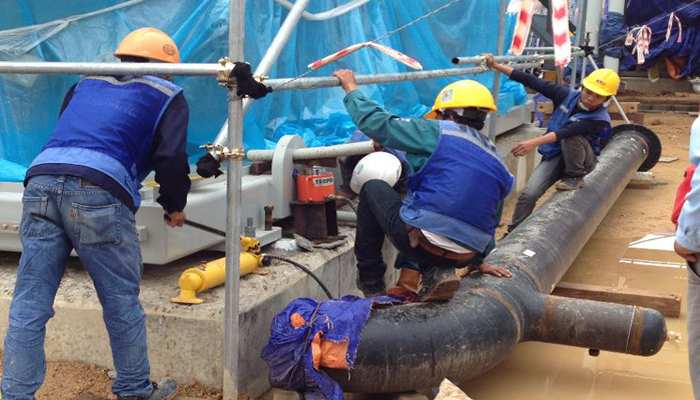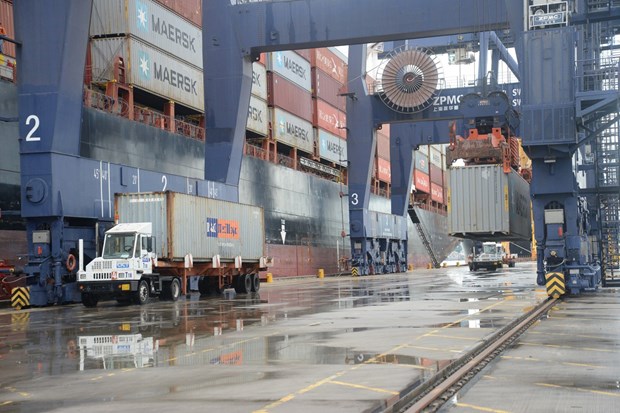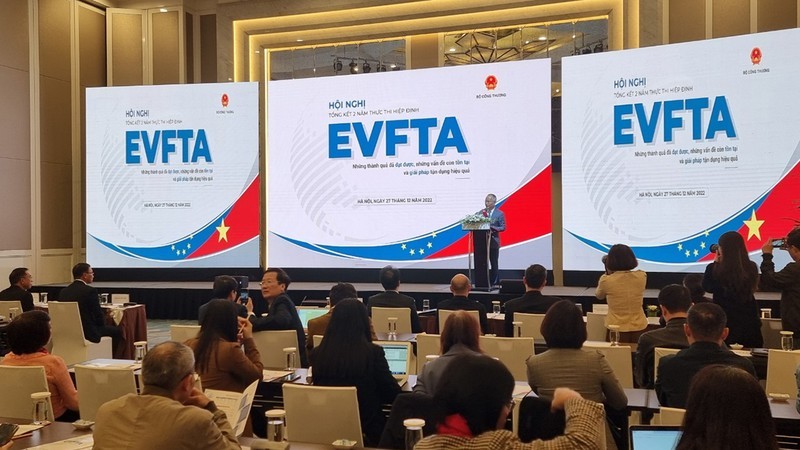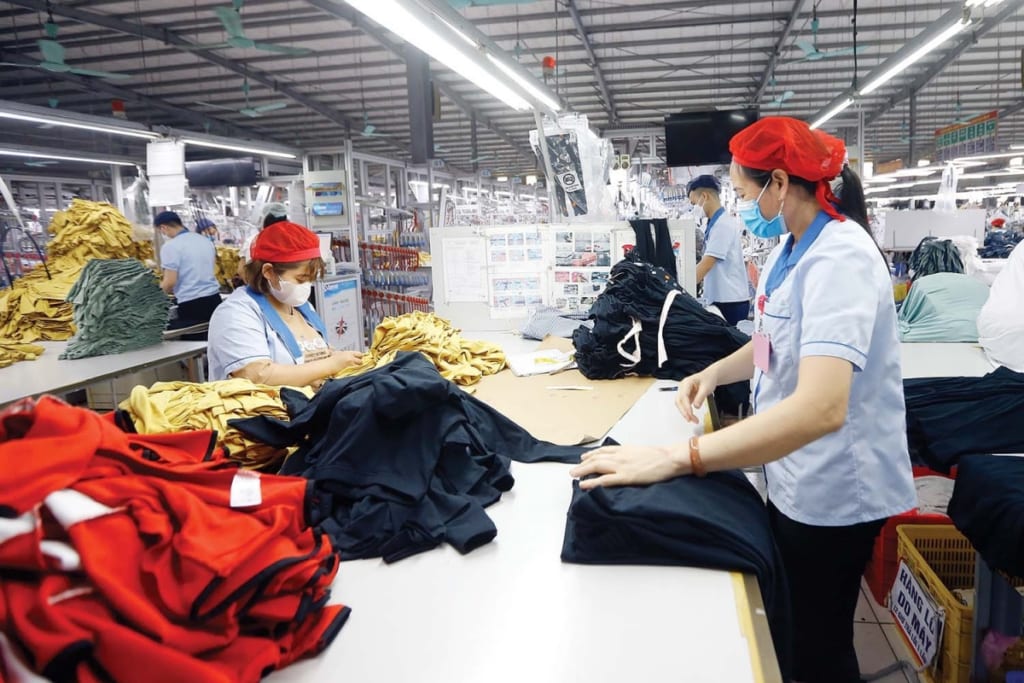Plumbing and pipefitting are two critical trades that keep infrastructure functioning smoothly. While both professions work with piping systems, the skills, environments, and materials they handle differ significantly. In Vietnam, Vietnamese plumbers and pipefitters are becoming increasingly important as the country’s infrastructure grows. Understanding the differences between these two trades helps highlight their distinct roles and importance.
In this article, we’ll explore the roles of Vietnamese plumbers and pipefitters, the key distinctions between their work, and why both professions are essential to Vietnam’s growing infrastructure.
What Does a Vietnamese Plumber Do?
Vietnamese plumbers play an essential role in maintaining residential and commercial water systems across the country. They are responsible for installing, repairing, and maintaining systems that provide clean water and safely dispose of waste. As Vietnam continues to urbanize and develop, the demand for skilled plumbers has risen.
Key Responsibilities of a Vietnamese Plumber:
- Water supply systems: Installing and maintaining pipes that supply water to homes, businesses, and municipal facilities.
- Sewage and drainage systems: Ensuring the safe removal of wastewater and preventing blockages or leaks.
- Fixtures and appliances: Installing sinks, toilets, showers, and other appliances that rely on water supply and drainage systems.
- Leak repairs: Fixing leaky pipes, replacing old systems, and preventing water damage.
Vietnamese plumbers typically work with materials such as PVC, PEX, and copper pipes. These materials are commonly used in water supply and drainage systems due to their durability and resistance to corrosion. With Vietnam’s growing real estate and construction sectors, the need for professional plumbing services is more crucial than ever.
What Does a Pipefitter Do?
While Vietnamese plumbers focus on water systems in residential and commercial settings, pipefitters specialize in installing and maintaining high-pressure piping systems. Pipefitters work in industrial environments like factories, refineries, and power plants. These professionals are responsible for systems that transport steam, gases, and chemicals under high pressure.
Key Responsibilities of a Pipefitter:
- Industrial piping systems: Installing pipes that carry steam, gases, chemicals, and other hazardous materials in industrial plants.
- Welding and assembly: Using advanced welding techniques to securely join pipes that can withstand extreme pressure.
- Pressure testing and inspections: Ensuring the safety of high-pressure systems by conducting regular inspections and tests.
- Heavy-duty materials: Working with materials like carbon steel and stainless steel that are strong enough to handle extreme temperatures and pressure.
Unlike Vietnamese plumbers, pipefitters operate in industrial environments and manage more complex piping systems. They require specialized training to handle dangerous materials and equipment safely.
Types of Piping Systems They Handle
Vietnamese Plumbers
Vietnamese plumbers typically work with low-pressure piping systems that deliver water and remove wastewater. These systems are vital in both residential and commercial buildings. Materials like PVC, PEX, and copper are common in plumbing systems because of their resistance to corrosion and flexibility.
Vietnamese plumbers deal with:
- Water supply: Ensuring clean water flows to homes, offices, and public spaces.
- Drainage systems: Maintaining proper sewage disposal and preventing blockages that can lead to health hazards.
- Fixtures: Connecting essential plumbing fixtures like toilets, sinks, and showers to the main water supply and drainage systems.
Pipefitters
Pipefitters, on the other hand, manage high-pressure piping systems in industrial settings. These systems are responsible for transporting hazardous materials such as gases, steam, and chemicals. The materials used for pipefitting are much more durable than the ones used by Vietnamese plumbers. Stainless steel, carbon steel, and other alloys are typical materials because they can handle high-pressure conditions.
Pipefitters handle:
- Steam piping: High-pressure pipes used in power plants and industrial facilities.
- Gas pipelines: Systems used to transport gases in refineries and chemical plants.
- Industrial HVAC: Installing and maintaining HVAC systems in factories and large industrial buildings.
Tools and Techniques Used by Vietnamese Plumbers
Tools Used by Vietnamese Plumbers
Vietnamese plumbers rely on various tools to ensure their systems run smoothly. Common tools include pipe wrenches, plungers, pipe cutters, and soldering irons. These tools allow plumbers to cut, fit, and seal pipes, ensuring a leak-free system. For more complex jobs, plumbers may use threading machines to securely connect pipes and prevent leaks.
Additionally, Vietnamese plumbers use specialized equipment like snake machines or hydro-jetting tools to clear blockages from drains. These advanced tools help ensure that sewage systems remain free from clogs, reducing the risk of backflow or contamination.
Tools Used by Pipefitters
Pipefitters work with more advanced tools, given the industrial nature of their work. Welding machines are essential for joining pipes in high-pressure systems. Pipe-bending machines, torches, and cutting equipment manipulate and shape thick metal pipes. Additionally, pipefitters rely on pressure gauges and leak detection devices to ensure that the systems they install can safely handle the materials they transport.
Working Environments and Safety
Vietnamese Plumbers
Most Vietnamese plumbers work in residential and commercial environments, ensuring water systems in homes, offices, and businesses operate effectively. While their work can sometimes involve tight spaces or exposure to biohazards like sewage, it is generally less hazardous than pipefitting. However, plumbers must still follow strict safety protocols, especially when dealing with wastewater, as it can pose health risks.
Protective gear like gloves, goggles, and masks are essential for Vietnamese plumbers when they are working in potentially hazardous conditions, such as dealing with leaks or sewer lines.
Pipefitters
Pipefitters work in much more dangerous environments. The systems they manage involve transporting highly pressurized materials like gases and chemicals, often in industrial facilities. This makes safety an even greater concern. Pipefitters must adhere to strict safety regulations, wearing full protective gear, including helmets, flame-resistant clothing, and respirators when working with hazardous substances.
Pipefitters also face the challenge of working with heavy machinery in industrial plants. Their work involves regular inspections, pressure testing, and monitoring of high-risk systems to ensure safety at all times.
Training and Certification for Vietnamese Plumbers and Pipefitters
Training for Vietnamese Plumbers
Vietnamese plumbers generally complete vocational training programs that teach them the fundamentals of plumbing systems, materials, and techniques. After finishing formal education, plumbers typically enter an apprenticeship where they gain hands-on experience under the supervision of an experienced plumber.
In addition to basic plumbing skills, many Vietnamese plumbers pursue additional certifications in specialized areas such as green plumbing or gas piping, which allows them to expand their service offerings.
Training for Pipefitters
Pipefitters undergo more specialized training due to the complexity and danger associated with their work. They typically complete a lengthy apprenticeship, learning how to weld, cut, and install industrial piping systems. Their training also includes safety protocols for working with hazardous materials and high-pressure systems.
Certifications from organizations like the American Welding Society (AWS) or United Association (UA) are often required for pipefitters to work on industrial projects. These certifications ensure that pipefitters can meet the high standards necessary for working with sensitive systems in environments like chemical plants or oil refineries.
Challenges Faced by Vietnamese Plumbers and Pipefitters
Challenges for Vietnamese Plumbers
Vietnamese plumbers face challenges such as emergency repairs and dealing with outdated plumbing systems. Working in confined spaces can be physically demanding, especially when dealing with leaks in tight spots. Plumbers also face the health risks of handling wastewater and sewage, which can expose them to harmful bacteria and chemicals.
Challenges for Pipefitters
Pipefitters encounter different risks due to the nature of their work. The biggest challenge is ensuring that high-pressure systems are installed correctly, as any mistake can lead to a dangerous failure. Working with hazardous chemicals, gases, and steam adds additional safety risks, making it crucial for pipefitters to remain vigilant at all times.
Pipefitters must often work in industrial settings that are loud, hot, and physically demanding. They need to use advanced safety gear to protect themselves from the harsh conditions of their work environments.
Salary and Career Outlook for Vietnamese Plumbers and Pipefitters
Vietnamese Plumbers
The salary of Vietnamese plumbers varies depending on their level of experience and the projects they work on. On average, plumbers in Vietnam earn between $6,000 and $12,000 annually, with those working on larger commercial or industrial projects earning more. As Vietnam continues to urbanize and develop, the demand for plumbing services will remain steady, especially in urban areas and new construction projects.
Pipefitters
Pipefitters tend to earn higher salaries due to the specialized nature of their work. In Vietnam, pipefitters can earn between $8,000 and $15,000 annually, with those working in industries like oil, gas, and chemical plants commanding higher wages. The demand for skilled pipefitters is expected to grow, especially in the energy and industrial sectors.
Conclusion
Both Vietnamese plumbers and pipefitters play essential roles in ensuring the smooth operation of Vietnam’s infrastructure. Vietnamese plumbers focus on water supply, sewage, and drainage systems, while pipefitters handle more complex industrial systems involving high-pressure materials. Despite their differences, both trades are critical to maintaining the health, safety, and efficiency of infrastructure in both residential and industrial settings.
As Vietnam continues to grow, the demand for skilled professionals in both fields will only increase, making Vietnamese plumbers and pipefitters key players in the country’s ongoing development.




